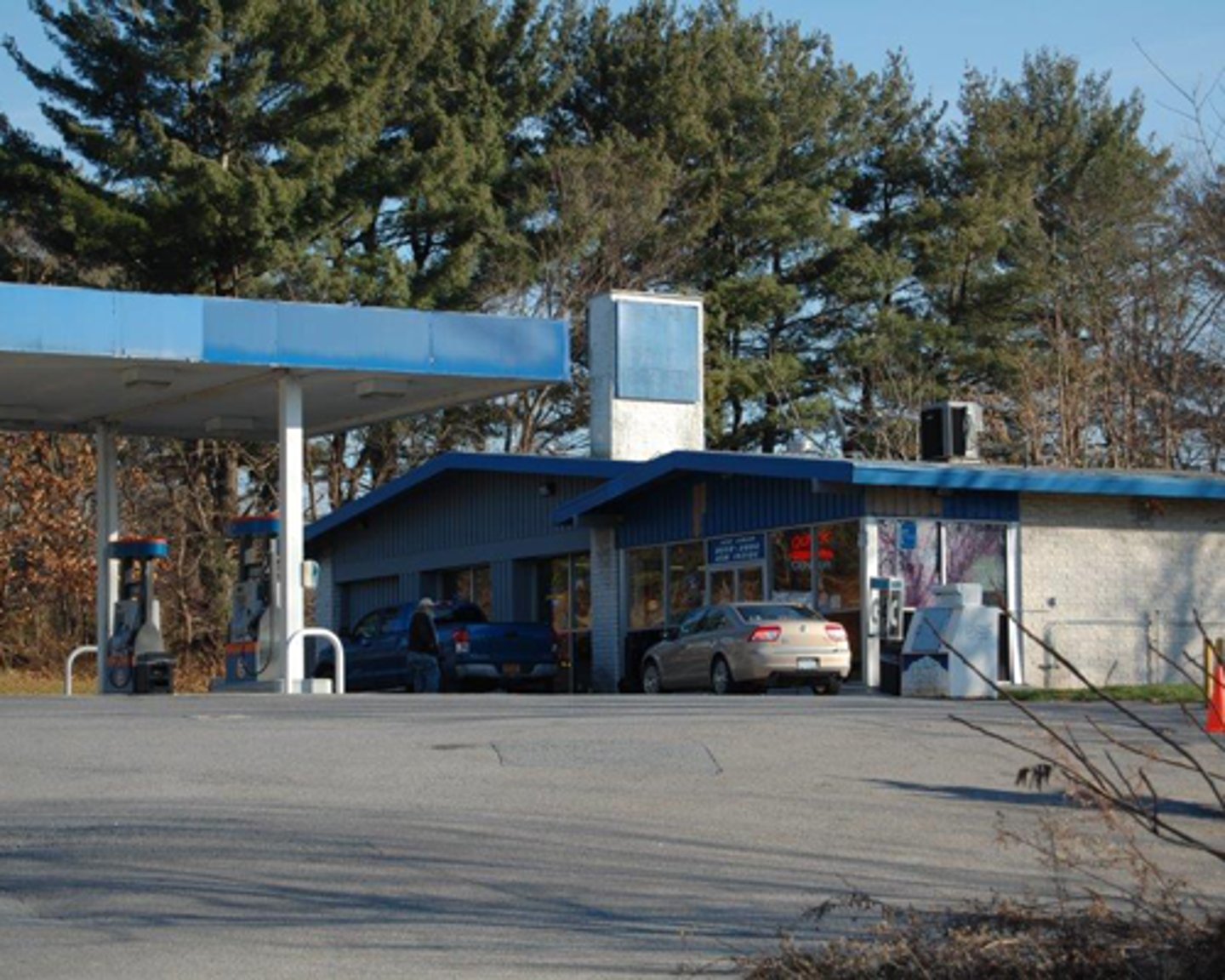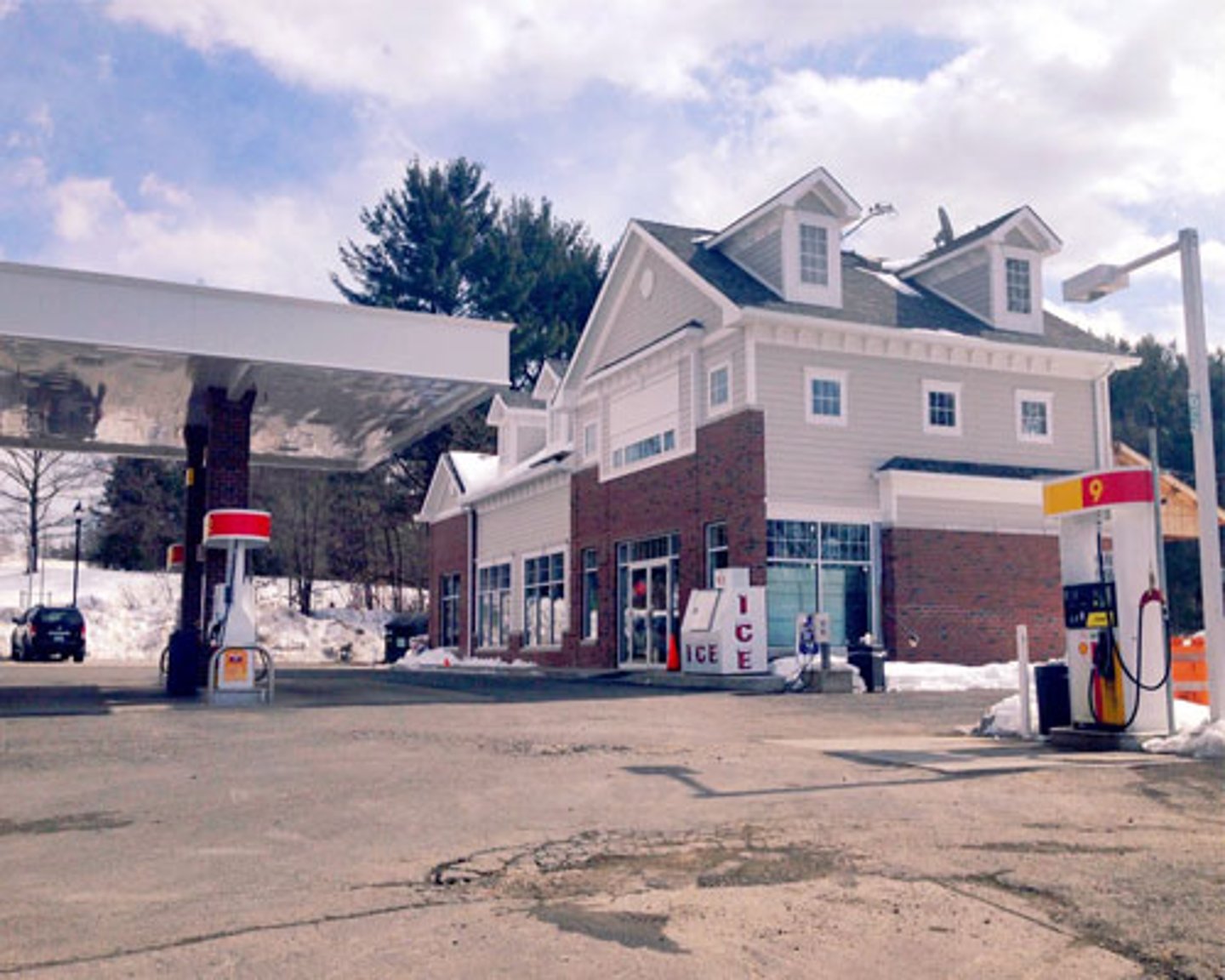Gas Land Petroleum Turns Eyesores Into State-of-the-Art C-stores
KINGSTON, N.Y. — Gas Land Petroleum — known today as one of the largest independent wholesale petroleum distributors in New York’s mid-Hudson Valley region — is entering new territory. Dilapidated, contaminated territory, that is.
Rather than building new sites on virgin land, Kingston-based Gas Land recently began shifting its focus to remediating contaminated properties that stand as eyesores and transforming them into modern, state-of-the-art facilities to the community’s benefit.
Seeing as commercial properties are scarce in the southern region of New York, Gas Land decided to go this route as a way to acquire new properties and expand its business by revitalizing existing, albeit contaminated, lands. The company also seeks to benefit the communities in which it does business by eliminating environmental hazards and cleaning up eyesores that decrease property values and create a host of other issues in these communities.
"Our experience as builders and designers of gas stations, and our understanding of environmental compliance issues not known to the general public, give us the advantage of being able to carry out these plans efficiently and seamlessly," said Gas Land Vice President Zeidan Nesheiwat.
For Gas Land, there is no set protocol when it comes to finding a site to remediate. Because the company doesn’t have a real estate team whose sole purpose is to survey an area, Gas Land executives always keep an eye out for open properties — especially those that are underdeveloped.
The Assessment Process
Once a site is spotted, the company assesses and determines whether or not the location has the potential for success, or if it’s beyond repair. To make this determination, Gas Land collects six key pieces of information on a site when assessing its viability:
- Current status of environmental conditions;
- Future anticipated cleanup actions;
- Current or future restrictions on the use of the site;
- Compatibility between anticipated use and the cleanup or restrictions on use;
- Liability protections that are available; and
- Liens associated with the cleanup work.
"Ironically, the riskiest parts of rehabilitation aren’t the toxins, it’s the site plan review process associated with the project," Zeidan shared. "It’s not a matter of whether the municipality desires the site to be remediated; it’s a matter of what zoning currently permits, and whether there are other existing community issues within the vicinity of the site that the municipality is seeking to address."
Prior to redeveloping a site, a thorough zoning analysis is performed to bring to light any significant issues that may exist, such as acquiring variances, approvals and/or zoning changes, especially at older gas station sites where local zoning ordinances may have changed over the years.
Site development plans depict the intended layout, consisting of the arrangement and uses of the land to be improved, and describe the proposal’s physical, social and economic impacts on the community.
In total, the zoning process, including site plan review, may take many months — even years — to complete and may involve substantial public input.
Then, approval involves its own review process, including: submitting the initial application; responding to comments and site plan revisions; public hearings; and a written decision summarizing the components considered in reaching project approval or denial.
The Rehabilitation Process
If approved, the next step in the process is the actual site cleanup and redevelopment. This phase can be a “truly interdisciplinary effort,” as projects involve aspects of environmental science, land use planning, architectural design and public health, according to Zeidan.
The remediation and renovation presents its own challenges, like: maintaining pedestrian and vehicle access while keeping open excavations; completing work within a short timeframe; and effectively handling existing and unknown conditions without negatively impacting the budget, schedule, staff, tenants or customers.
Because the construction process can take anywhere from six to 15 months, Gas Land has developed a strategy to limit the impact to existing businesses:
- Have a clear vision and objective for each project.
- Define standards for the time, cost and quality of the project.
- Outline and link scopes of work to the project’s objectives.
- Develop a schedule that creates a seamless transition for c-store operations.
- Present plans to tenants and staff to communicate the vision and intent of the renovation.
- Hire qualified contractors who understand the undertaking and have viable resources and experience.
"The company philosophy recognizes that the most important project stakeholder is not Gas Land, but rather the members of the community who we serve," Zeidan expressed. "Based upon the review process and company philosophy, stations and stores are therefore designed individually to cater to the needs of a particular community without a company brand. Instead, locations are designed by the architectural standards of the community and branded by the fuel."
Gas Land’s store designs have earned accolades, including several consecutive wins in the annual Convenience Store News Store Design Contest.
Once sites are completed, they are leased to independent operators. However, Gas Land does have a hand in what is offered at each location. During the design process of remediated sites, the company sits down with potential operators and shares with them its plans and vision for the locations. For example, Gas Land will share if it recognizes a need in that community for a cozy coffeehouse aesthetic with indoor seating, or fresh options like deli foods and a salad bar.
With a number of successful redevelopment projects completed, Gas Land has witnessed the "significant and enduring" economic, environmental and social benefits that remediation and redevelopment can provide, according to Zeidan. Just some of the ways remediation projects help communities are local job creation, an increase in property values, reduced threats to public health, and neighborhood revitalization, he pointed out.
Download our full report, "Turning Eyesores Into State-of-the-Art C-stores," by clicking below.





